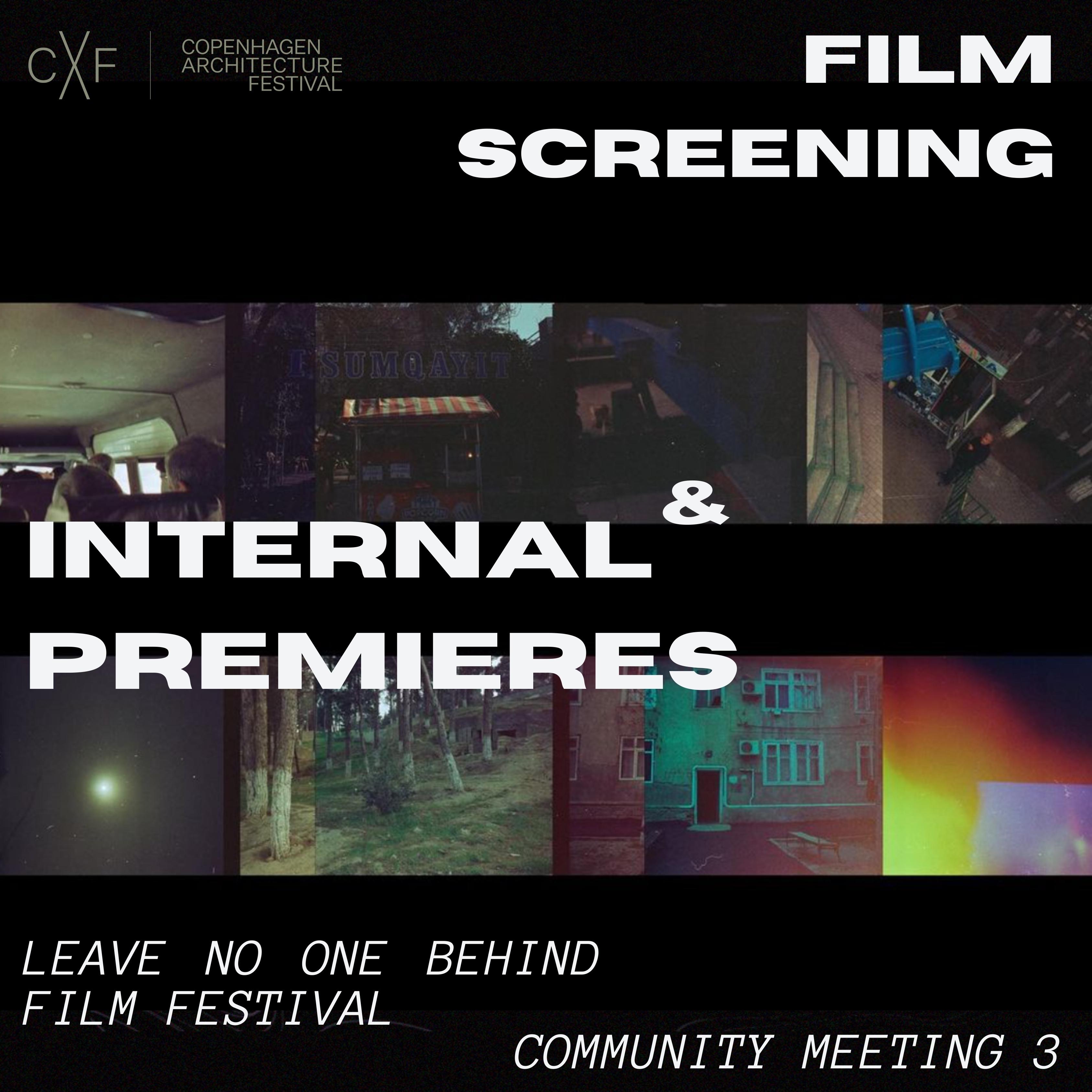Throughout the summer of 2022, Queer Art Festival Baku carried out workshops on filmmaking and urbanism for around 40 participants. The workshops addressed the challenges marginalised communities face in city design and the built environment. Participants started with exploring the theoretical focus of issues affecting vulnerable/marginalised communities in the local context and understanding the implementation of Sustainable Development Goals (particularly the “Leave No One Behind” Agenda) at the local level and how they are reflected globally. The project also provided the participants with the safe space to analyse the impact of existing inequalities in our cities by looking at inclusive city planning and why it matters. The gained knowledge was later translated into practical skills and throughout 4 weeks of workshops, participants explored different filmmaking skills and tools, starting from script writing and finalising their journey with film editing. The combined theoretical and practical knowledge of participants on filmmaking and urbanism later helped them to produce short films with the support of supervisors where filmmakers addressed the struggles of underprivileged groups. After the workshops, the films premiered internally for the participants and their guests on August 2, 3, and 17 as well as during the third and last community meeting on October 2. The article will elaborate on the main discussion points of the participants of the internal premieres and the feedback/challenges of the filmmakers throughout the project. Initially, the audience liked the topical variety of the films and enjoyed the fact that films covered themes such as isolated safe spaces for LGBTI+s, safety and security challenges of women* in dark and narrow streets, the queer public toilet stories, and the self-expression of a trans woman. Many also felt positive about the premiered films that the lack of inclusive design for people with disabilities, poor conditions of bus stops, and unorganised construction of roads are well portrayed. Some of the audience was worried that filmmakers could have encountered technical problems in some film sites because of strict authority controls and restrictions on public places. Usually, filmmakers have to go through very formal and bureaucratic processes to get permission on filming in public sites. During the internal premieres and the community meetings, the participants mentioned they were not aware or could not think of certain challenges of particular communities, and working with marginalised people for some films and watching the results gave them a great chance to understand how city design is leaving underprivileged groups behind. The majority of the audience agreed that city planning in Baku does not cover the needs of people with disabilities and that the binary city design is challenging the trans community the most. A few examples were mentioned about the struggles of people using baby carriages and wheelchairs due to the lack and misinstallation of ramps on underground passages and overpasses. People with disabilities are not able to use public transport and they are lacking access to many public services. Last, it was highlighted that trans people are frequently asked to present their IDs to access certain public spaces. Considering the trans-exclusive policies of the country the community faces many challenges to change their personal documents and the situation leaves them vulnerable to deadnaming, harassment, and belittling in public spaces. The audience concluded that the built environment and the city design in Baku need to be challenged to be more inclusive, just, and human-friendly and they commented on some general solutions. Many agreed that public toilets need to be gender-neutral, the roads should be narrowed for cars and expanded for pedestrians, and buses should work based on an accurate schedule. Access to public transport must be accessible at night and top-up booths should be available at every bus station including a card-payment method. Some of the participants also added that, if they are given the chance, they could cover topics on the challenges of LGBTI+s with their families, and struggles of the community in public hospitals, schools, and nightclubs. They could address the issue with the means of filmmaking, infographics, and animations. In conclusion, participants mentioned that they gained practical skills and relevant knowledge in filmmaking and developed analytical skills for identifying the challenges of underprivileged communities in regards with inclusive city planning.
LNOB Community Meeting 3: Discussion Points of Internal Premiers

